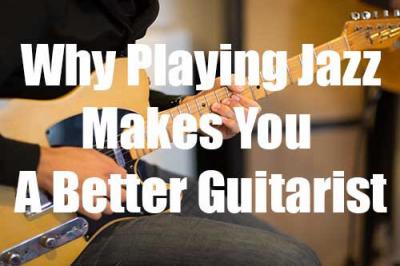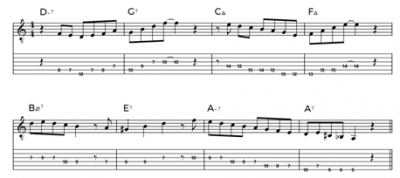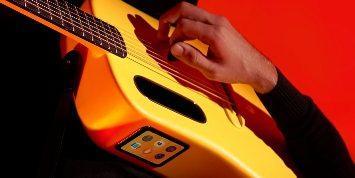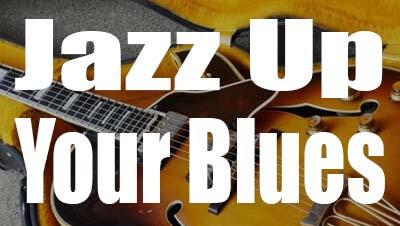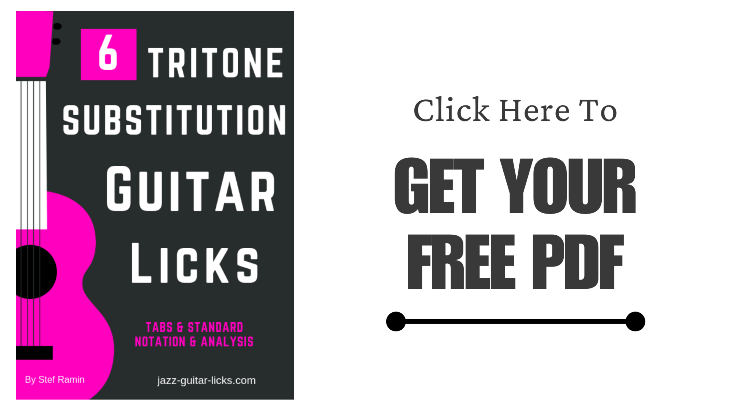Is Amp Simulation the Cure for GAS ?
- By jazz-guitar-licks
- On 2017-10-03
- In Guest Posts
- 0 comments
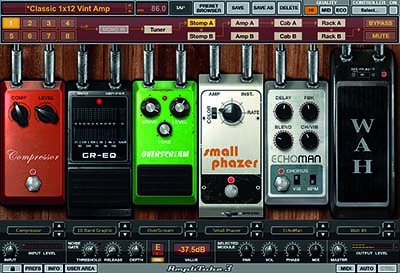 As a guitarist, it’s tempting to spend a lot of time and money on gear. All of us suffer from G.A.S. (gear acquisition syndrome) to some degree. The never-ending search for the ‘perfect’ tone will plague us all. At some point, though, this obsession with gear can distract you from what matters.
As a guitarist, it’s tempting to spend a lot of time and money on gear. All of us suffer from G.A.S. (gear acquisition syndrome) to some degree. The never-ending search for the ‘perfect’ tone will plague us all. At some point, though, this obsession with gear can distract you from what matters.
For most guitarists, their tone starts with their hands. Guitar choice, amp choice, pedals and everything else comes second to technique. So, I propose an alternative - rather than focusing on GEAR, focus on SKILL. That doesn’t mean tone isn’t important, though. It shouldn’t be disregarded entirely. There is an efficient, cost-effective way to find the right tone in seconds - without ever visiting your local Guitar Center...
Amp Simulation
Whether you think amplifier modelling software sounds ‘real’ or not is besides the point. Real amps and amp sims have their individual uses and applications. But over the last few years, software has improved leaps and bounds. For some people, amp simulation is now the better option. I set out to discover the current view on amp simulation. Which should you be focusing on right now? Real amps, or amp sims? After surveying 447 guitarists, this is what I found…

Benefits of Amp Software
These results surprised me at first, but it makes sense that amp simulation is now becoming more popular. For the average musician, who mostly plays at home, or is still learning, amp software is often the most viable option. To me, there are three clear benefits.
-
Highly affordable
-
More options for tone and effects
-
Easier to record guitar to a professional standard in a home studio, without the need for a microphone or acoustic treatment.
Amplitube
When you mention amp simulation to people, this is often the first piece of software that comes to mind. It’s extremely popular, with numerous advocates, including Malcolm Young of AC/DC. IK Miltimedia played a big part in taking amp simulation software to the masses, and have held the top spot for years. This is one of the most expensive options out there, but if you take your tone seriously it’s worth the spend. Compared to the cost of a real amplifier it’s highly affordable.

S-Gear
S-Gear may not look as pretty as the other popular options in this list, but it sounds great. Scuffham Amps also offer a fully featured trial, so you can give it a go before you buy.

BIAS Amp
Despite being the cheapest paid software on this list, BIAS is one of my personal favorites. When partnered with the equally affordable BIAS FX, you have a large range of options and creative sound available to you - for less than the cost of a practice amp. You even get a range of amp options with the FX plugin, which is worth considering on its own as an affordable first step into the world of amp modelling software. BIAS software is a pleasure to use, and I always find the right tone for the track. The midrange EQ isn’t for everyone, though, so try it yourself first.

Conclusion
Amp modelling has had a bad reputation for years - but that’s starting to change. Ever since Line6 started developing amplifiers with modelling circuitry, we have been moving closer and closer towards convincing software simulation. If you haven’t taken the leap yet and tried some of this modern software, it might be worth considering a go. Who knows - it might surprise you.
About the author
Rob Mayzes is an audio professional, musician and educator. He has helped thousands of home studio owners produce better music and mixes through his website Musician on a Mission.
Guest post Guest posts reviews
Add a comment
